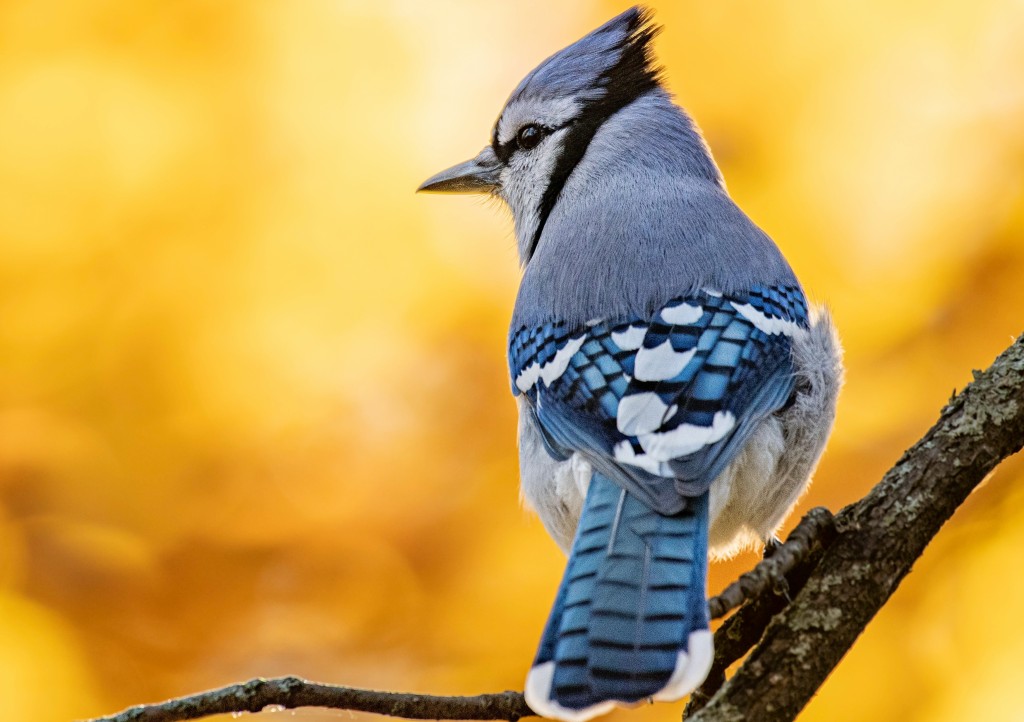Birdability, a nonprofit started by Virginia Rose, was born out of a love she had for birding and a lack of community for birders with disabilities. What started as a small idea transformed into a national scope, press releases in birding and disability magazines and support from the National Audubon Society. Birdability is the perfect example of how one mission can change the way people think about something, and today we’re going to look at how it has reshaped what it means to be a birder.
In the 1900s, birding was far from being an inclusive activity, with the culture dominated by white, able-bodied men. As a result, connotations from this time remain today and exclude so many groups of people that also enjoy birding. This is what Birdability’s vision is helping to change. Through their education, outreach and advocacy, the program is transforming the birding community into a welcoming and inclusive space. The program specifically focuses on people with mobility challenges, chronic illness, intellectual or developmental disabilities and those who are deaf or blind. They note that “Birding is for everybody! But not everybody knows that. Creating spaces that are designed for people…helps invite inclusivity to the birding community.”
How Are They Changing This Narrative?
The program focuses on education efforts, which can be seen through the countless guides and information on their site. Just some of the things they feature are:
- What makes a trail accessible
- Ideas for you to be a more welcoming and inclusive birder
- Steps to implementing accessible birding in your local bird club
- Learning about inclusive language use
By focusing their communication strategy on education, they help show how easy it can be to reconsider birding practices to make them more accessible. The strategy also includes ways to get involved, such as through events, newsletters and virtual game nights. These efforts show that there are multiple ways to change narratives around outdoor accessibility and inclusion – it’s not a one size fits all situation.
How Is Birdability’s Impact Seen?
Birdability’s efforts can be measured through the outcome they’re having on birding clubs and Audubon chapters across America. Countless groups and chapters, such as in NYC and Austin, have integrated Birdability and inclusion efforts. As a whole, it’s changing the way people view the word “birding”. It’s transforming it from competitive and exclusionary connotations to a broader one that is inclusive of everyone. It’s saying, “actually, anyone can be a birder. And you are welcome here, because there is no wrong way to enjoy birds.”
Birdability is a wonderful example of how the communication efforts of one non-profit can completely change the way people think of something. The 1900s exclusive narrative about birding is being rewritten, and looking at how fast it was celebrated, shows just how important and needed it was.
